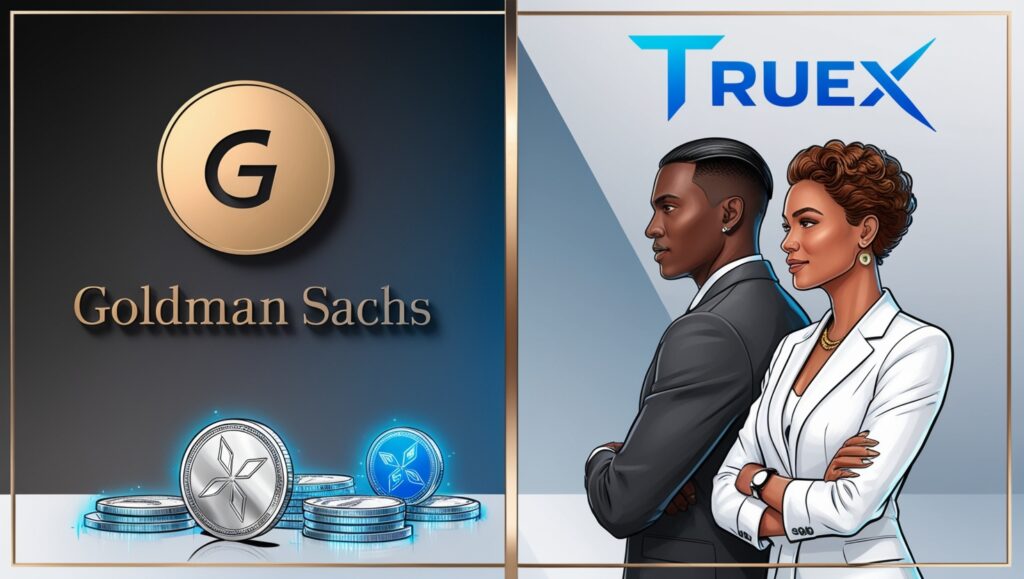Digital asset trading is still spread across a global cohort of exchanges, ranging from public companies like Coinbase to decentralized apps like Uniswap, as the cryptocurrency industry tries to regain its footing following the collapse of FTX in late 2022.
After more than a year of development, TrueX came out of stealth and a new exchange joined the fray on Wednesday. Founded by former Coinbase engineer Patrick McCreary and Vishal Gupta, who previously held the positions of head of USDC at Circle and head of exchange at Coinbase, TrueX is adopting a novel strategy by focusing its trading and settlement around stablecoins.
Constructing from the ground up
Creating connections between the worlds of digital assets and fiat currencies is the fundamental problem facing cryptocurrency exchanges. Dollar-backed products like Tether and USDC, a partnership between Circle and Coinbase, were the first to make stablecoins popular. This gave traders an alternative to more volatile cryptocurrencies like Bitcoin or Ethereum for storing value in an asset that isn’t as volatile.
Gupta led Coinbase to become the first exchange to fully integrate around a stablecoin by unifying USDC and USD, which made them treated as equivalents within the exchange and made order books easier to understand for traders switching between fiat and cryptocurrency. FTX went one step further before collapsing, employing a range of stablecoins for trade settlement.
Since PayPal’s PYUSD is the default settlement currency and will function as the equivalent of dollars within the TrueX ecosystem, TrueX will function similarly to Coinbase for the time being. However, Gupta claims that TrueX intends to become stablecoin agnostic like FTX shortly after it launches its trading functionality in the next two to four weeks. This would enable traders to switch between different stablecoins, like USDC, with TrueX handling the trades with as little slippage as possible on the backend.
Though the founders refrained from saying so explicitly, it is likely that they selected PYUSD as TrueX’s default stablecoin in order to diverge from Coinbase, which supports USDC, and which Gupta referred to as the “best job I’ve ever had.” Despite not having grown as rapidly as USDC or Tether, PYUSD still presents opportunities because of its tight relationship to PayPal and issuer Paxos.
Gupta stated, “These aren’t single-winner games; we live in a different world.” If you look at traditional finance, Morgan Stanley is there if there is a Goldman Sachs.
Although TrueX aims to coexist with Coinbase, it does provide distinct features. TrueX is collaborating with Paxos as its qualified custodian, in contrast to Coinbase, which functions as both a broker and a custodian for trading (much to the dismay of the Securities and Exchange Commission). Furthermore, TrueX will soon provide more support for various stablecoin kinds as collateral and settlement, whereas Coinbase is designed around USDC.
TrueX will have less functionality at first, at least initially. As Gupta put it, it will begin with only spot trading of a small number of “head and torso” assets and be limited to institutional traders, even though it will be operational in the United States. Other products—and assets—are probably in the works, especially considering Gupta’s experience starting Coinbase’s derivatives division.
Launched under the parent company True Markets, TrueX has received $9 million in seed funding from leading crypto-focused investors, such as Hack VC, RRE Ventures, and Reciprocal Ventures, in addition to crypto-native firms like Paxos, Solana Foundation, and Aptos. Through a liquidity program, TrueX will initially reward participants who are market makers and takers.








